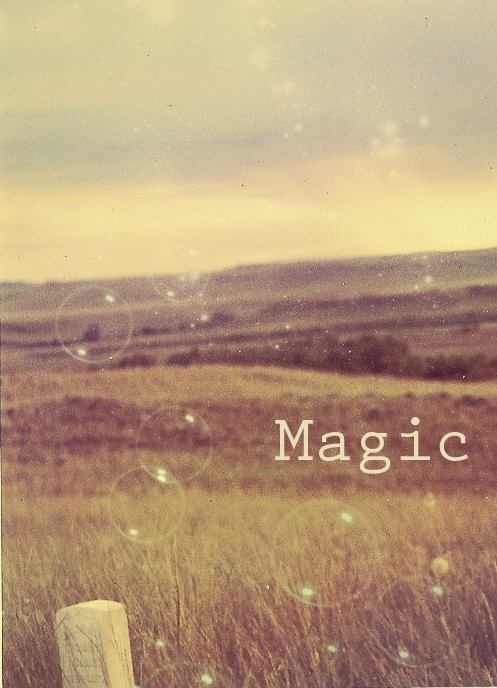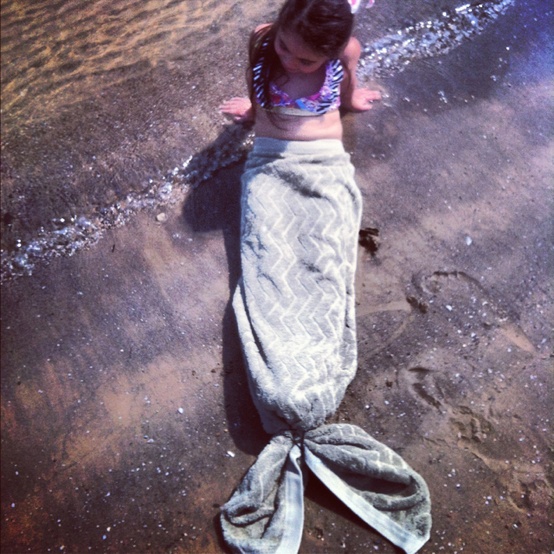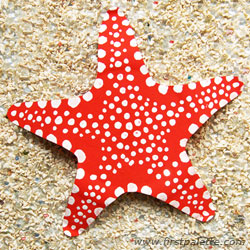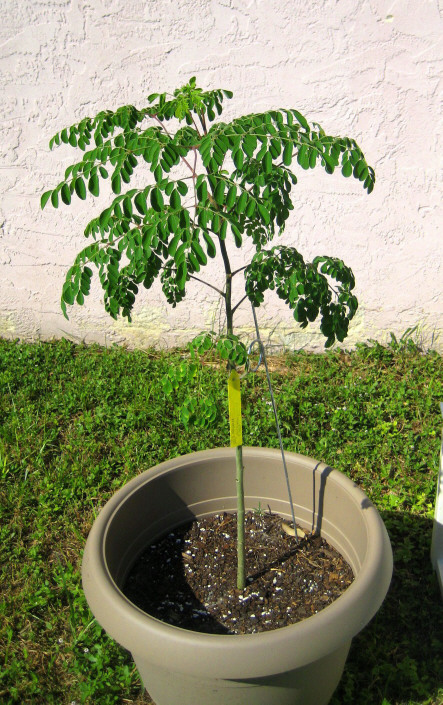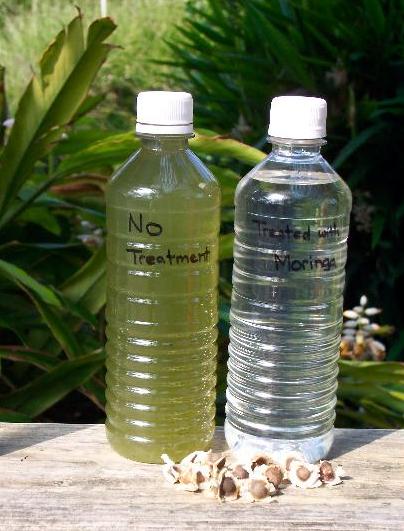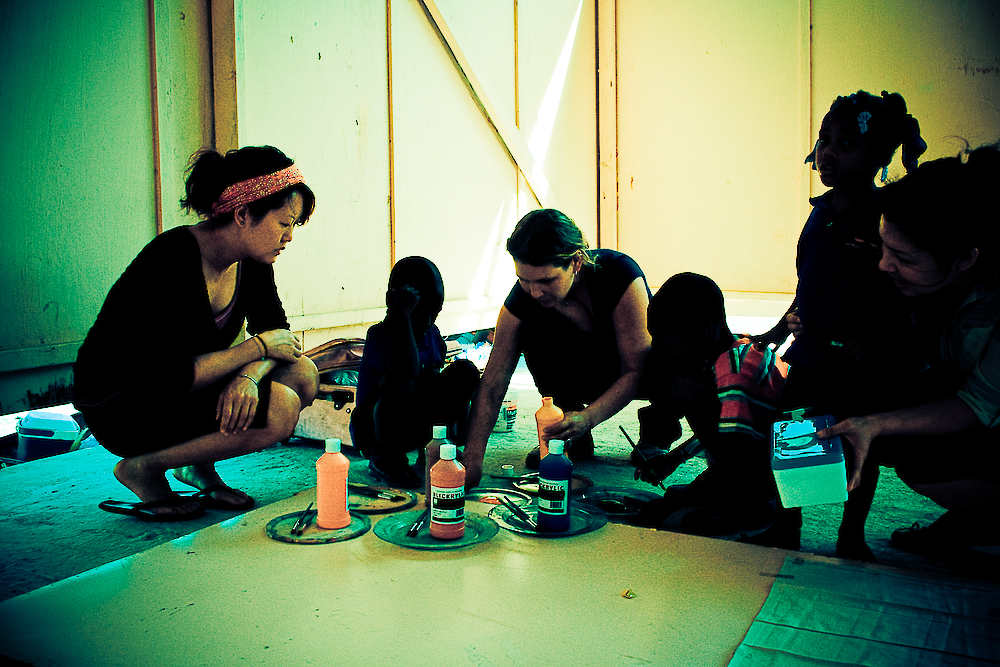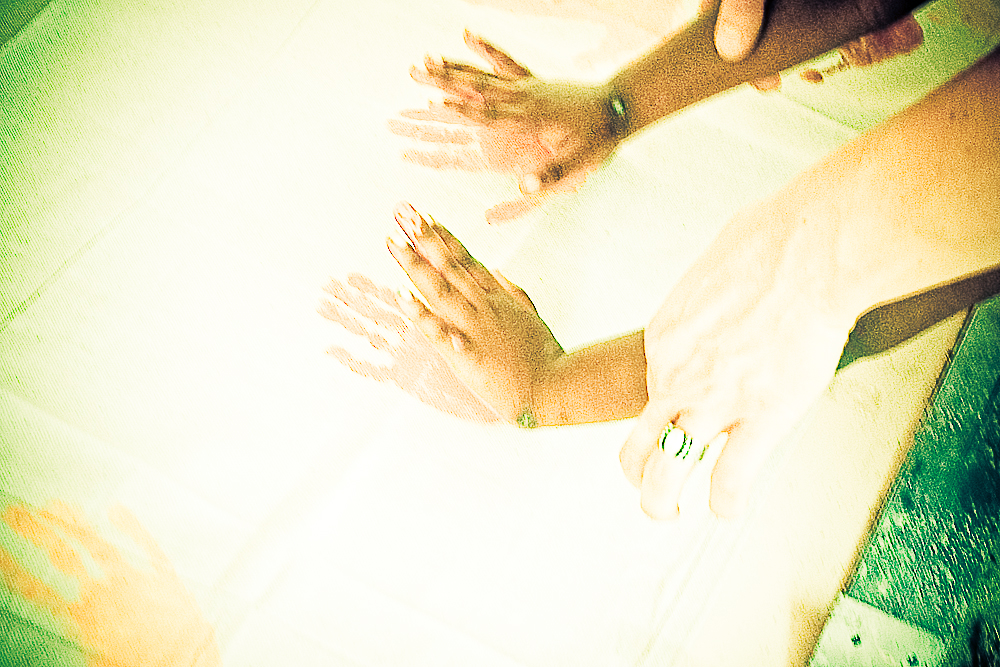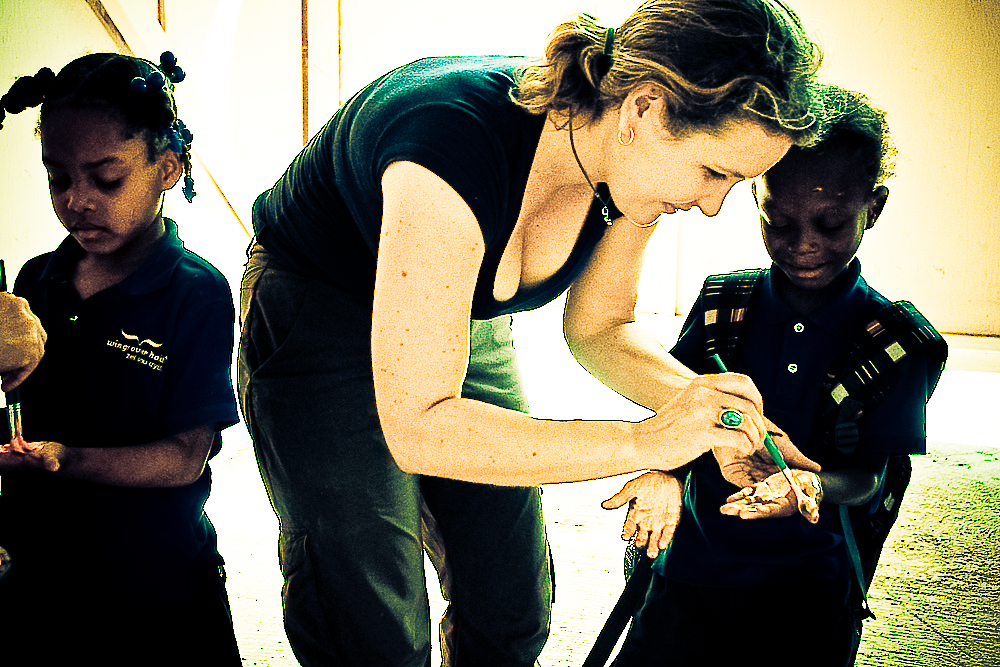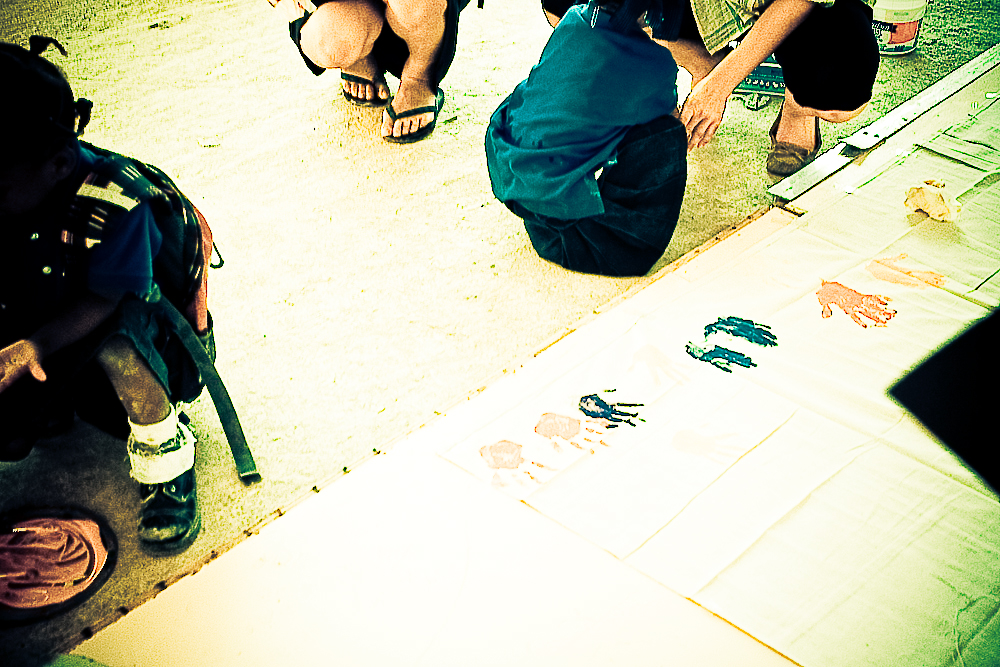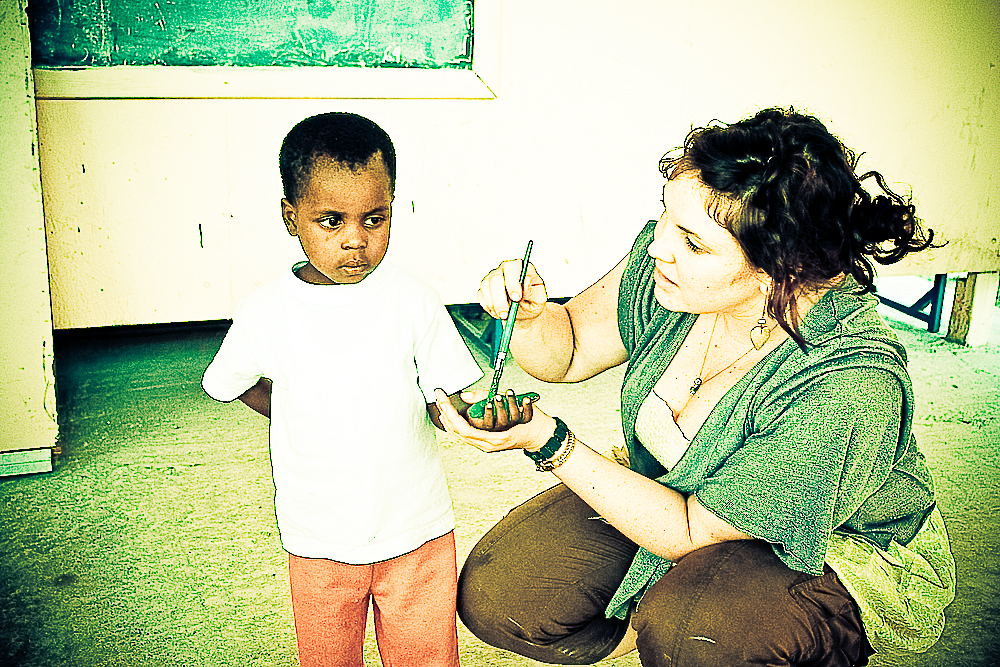Bleak Landscapes and Grim Living Conditions meet your arch nemesi:
Vibrant Color, Laughter and Creativity.
This photo essay follows a group of American artists through the slums of Port au Prince and into schools, hospitals and orphanages. In their war against despair the best weapon of choice is intentional whimsy and purposeful joy.
[slideshow]
Project HOPE Art is comprised of a colorful cast of characters that appeal to my inner child. They work fervently to heal and inspire the children around them. I choose to photograph this organization’s journey into the Third World because I love their efforts, compassion and artful endeavors. They sing. They dance. They laugh. They create beauty from trash. They insert hope into eyes. Inspiring people to not give up or give in. But to laugh and appreciate what is and to make it through another day.
All of my photographs are used to populate the Project HOPE Art web media to tell stories of art upcycling, vermicomposting and dance workshops. This year I am working on my first illustrated Moringa Tree gardening and cookbook. This book will contain upcycled art and agroecology lesson plans, Creole recipes and actual Moringa seeds so each child who receives the book will have a grasp on nutrition, soil cycles and healthy eating. Science and Art really go hand in hand.
Several things are required to stay alive: water, food and shelter. Project HOPE Art provides the things necessary to be ALIVE: laughter, joy, ideas, color and vibrancy.
During my first trip to Haiti, in January 2010, I captured more than 5,000 images for Project HOPE Art. Together we turned those images into a book about PHA’s programming.
Now we have decided to collaborate together on a gardening cookbook, entitled “There Grows The Neighborhood.” The book’s first edition will travel down to Haiti in January 2013 filled with children’s recipes, food paintings and gardening photographs.
I will work on a second edition of the book, with a professional illustrator, to be released in January 2014. This edition of the book will encompass The Growing Gardens Guide, Vegetable Planting Guide and Container Garden Activity List — but also include a handwritten story accompanied by characters like Mardochee Le Magique Moringa and her best friend Herbie the Worm.
Through Project HOPE Art’s Visiting Artist Program and local collaboration with Haiti NPO – Haiti Communitere, I will also be traveling to Port au Prince to photograph a collection of artistic projects each quarter of 2013. My plan is to photograph alongside Project HOPE Art for as long as they will tolerate my intrusive camera lens.
